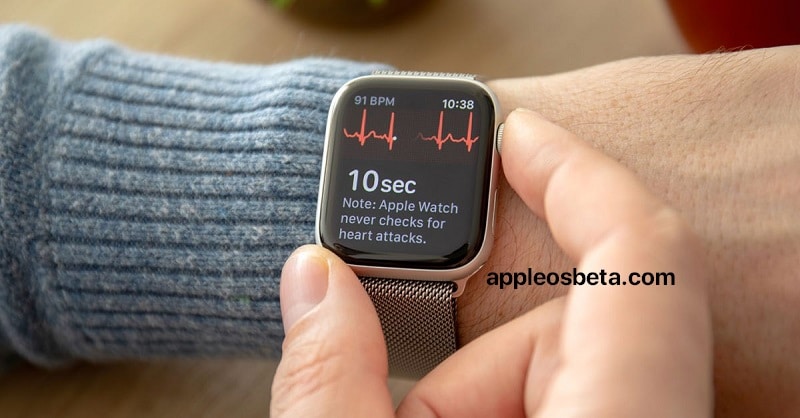Apple Watch: heart attack detection is feasible. The Apple Watch may also be able to detect a possible heart attack, although it is currently nearly impossible to do so.
iOS 15 problems! How to fix the most common?
Medical research has shown that Apple Watch’s heart attack detection is technically feasible using nothing more than the ECG sensors built into current models.
Apple first added an electrocardiogram (ECG) function to the Apple Watch Series 4 in 2018. Apple was careful to point out that the ECG function cannot detect heart attacks (technically known as heart attacks). myocardium or myocardial infarction).
The standard ECG reading to detect a heart attack requires a 12-lead reading. For this reason, it is not possible to obtain a feedback with the Apple Watch, which instead is able to trace an ECG with a 1-lead reading. However, provided that through the Apple Watch it is still possible to obtain a 9-lead reading simply by placing the watch in a series of different points on the body.
The Texas Heart Institute Journal reports a study on the use of ECG on Apple’s smartwatch.
In the clinical setting, a 12-lead ECG is currently required to diagnose myocardial infarction. Many studies have looked at the possibility of using the Apple Watch to record multiple leads to meet this requirement for a clinical diagnosis of myocardial infarction.
Electrocardiographic leads I, II and III are an integral part of the standard 12-lead ECG in routine clinical applications. The Apple Watch can record lead I and, according to Einthoven’s triangle, could acquire lead II and III using the different parts of the body.
The watch could be positioned on the lower left abdomen, left thigh or left ankle and lead II could be recorded by placing the right index on the crown of the watch; Lead III could be registered in the same way by placing the left index on the crown. It has been shown that the lower left abdomen provides the best quality signal.
Several studies have verified the overall accuracy of this approach and its comparability with the standard 12-lead ECG and have shown that the quality of the signal tracking and the duration and amplitude of the waves generated by the Apple Watch are suitable for the diagnosis.
Cardiologists were able to correctly allocate more than 90% of the Apple Watch ECG signals to the corresponding standard ECG leads. These results suggest that the Apple Watch’s recording of leads I to III is accurate and highly comparable to their recording on a standard ECG.
However, the document contains a number of cautionary notes. First, by virtue of the fact that patients who are experiencing a heart attack are needed at the time of the study, the samples obtained are small. Second, it may be necessary to adapt the heart attack detection criteria to take into account the differences between it and a conventional 12-lead reading, including the fact that the Apple Watch can only perform sequential, non-simultaneous readings. Finally, taking the readings is not easy for those who are not doctors, given the need to take nine readings from specific points on the body. A 3 or 4-lead recording could generate more reliable results with less space for user error.

